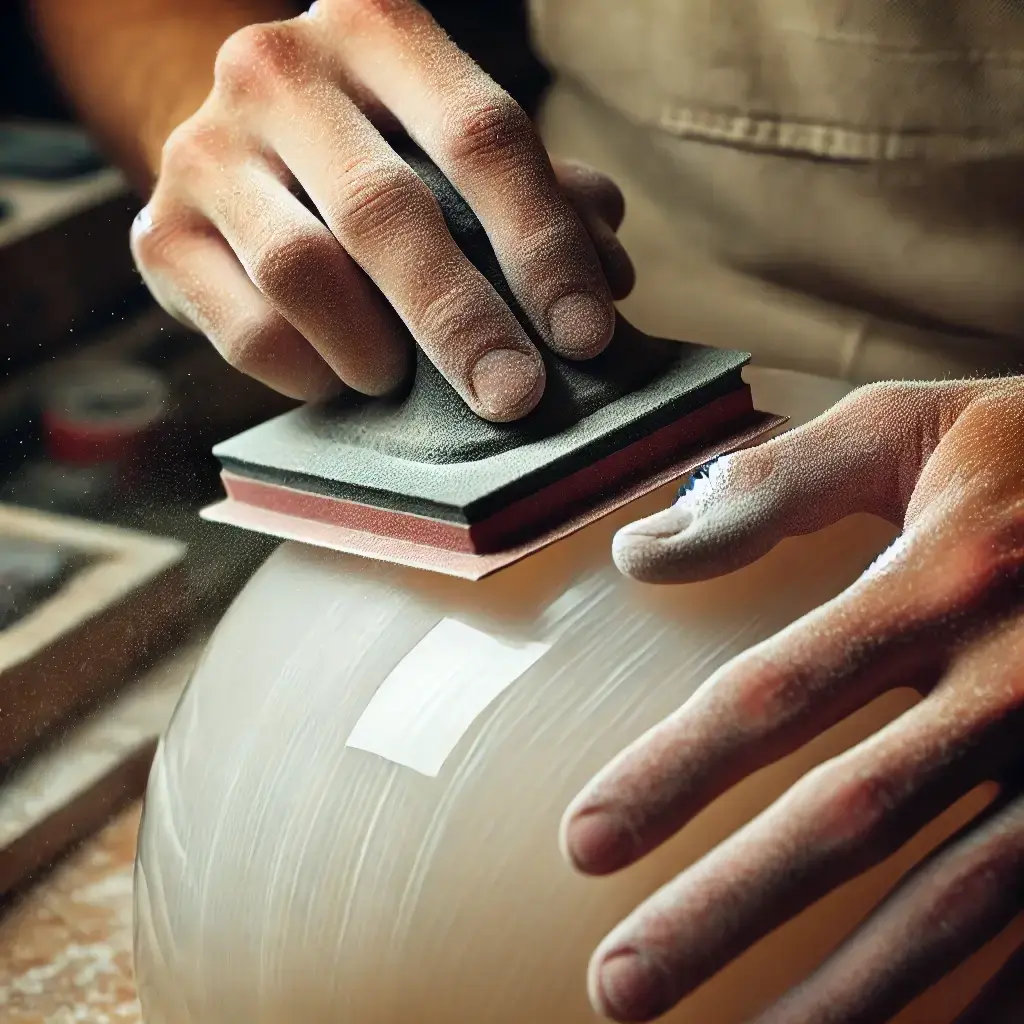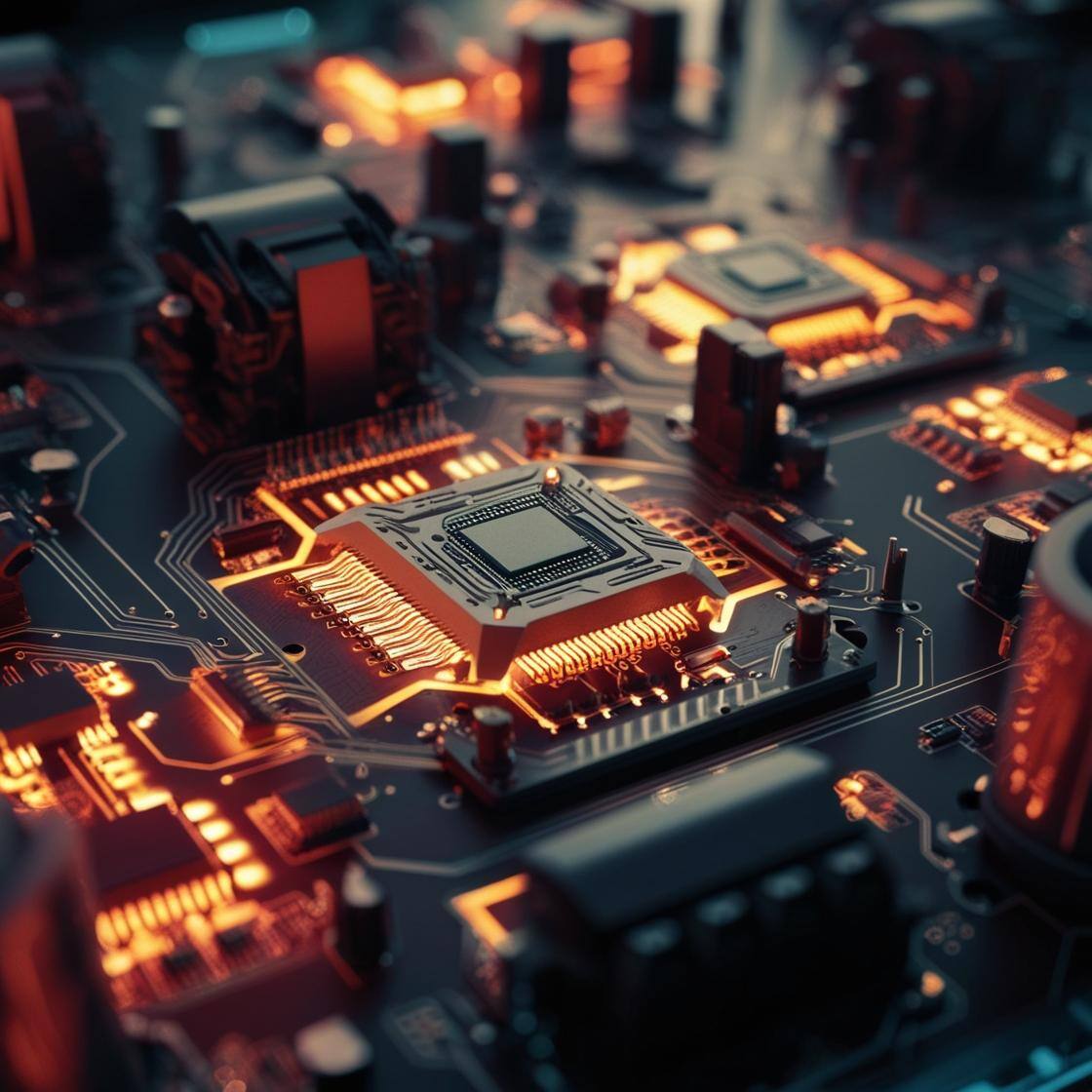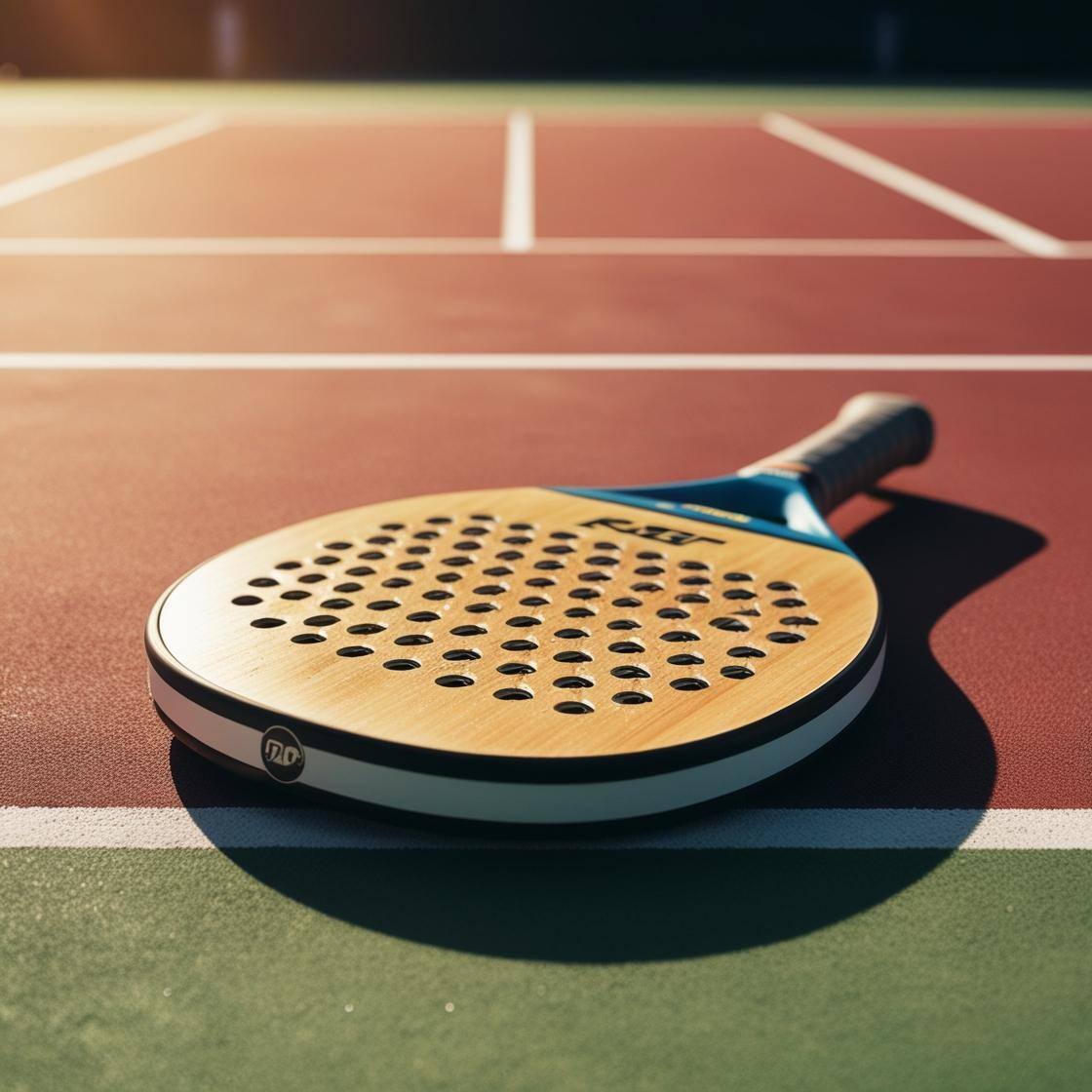6 min read
3D Printing and Nanotechnology
3D printing and nanotechnology are two fields of research and innovation that, at first glance, might appear worlds apart. The former focuses on...

3D printing is now a well-established technology that offers tremendous creative possibilities, but often printed models have uneven surfaces and visible layering. This is due to the layers being deposited one on top of the other, which is particularly noticeable with FDM (Fused Deposition Modelling) technology and, to a lesser extent, with more advanced techniques such as SLS (Selective Laser Sintering) or MJF (Multi Jet Fusion). To achieve smooth, professional-looking objects, it is essential to adopt finishing techniques that enhance both the aesthetic and tactile properties of the piece. In this blog, we will explore some of the most effective methods for smoothing a 3D printed object.
Vapor smoothing is an advanced finishing technique used to smooth the surface of 3D printed objects, particularly those created with MJF technology. This process is primarily applied to thermoplastic materials such as Nylon PA12, improving both their aesthetic appearance and mechanical properties.
The printed piece is placed in a sealed chamber with solvent vapours.
The vapours condense on the surface of the object, softening the surface.
Once the solvent evaporates, the piece retains a smooth, glossy surface, similar to that of an injection-moulded object.
Reduces surface roughness, enhancing both the aesthetics and mechanical properties of the piece.
Produces shiny and uniform surfaces.
Protects the object from absorbing liquids and other external agents, making it ideal for functional applications.
Requires care and safety when handling solvents.
Not applicable to all 3D printing materials.

For materials like resins, which do not react to vapour smoothing, one of the simplest and most common methods to smooth surfaces is manual sanding. While it can be a more time-consuming and labour-intensive process, it is highly effective in removing layer lines and achieving a uniform appearance.

1. Start with coarse sandpaper (about 100-200 grit) to remove the most noticeable defects.
2. Follow with finer sandpaper (400-600 grit) to further smooth the surface.
3. Finish with very fine sandpaper (1000 grit or higher) for a silky-smooth finish.
4. For an ultra-smooth finish, you can use a polishing compound or a specific polish.
Use a sanding block to avoid wearing down certain areas of the model excessively.
For models with detailed surfaces or tight corners, use files or specific tools for precision sanding.
Applicable to all types of materials.
A cost-effective and easily accessible method.
Perfect for small details or complex pieces.
Requires time and effort, especially on larger models.
Not suitable for achieving a completely glossy finish without additional steps.
 Another method for achieving a smooth surface is to apply a coating or paint to the printed model. There are specific coatings available that can level out imperfections and provide a uniform finish.
Another method for achieving a smooth surface is to apply a coating or paint to the printed model. There are specific coatings available that can level out imperfections and provide a uniform finish.
Filler primer: Used as a base to fill small imperfections. After application, the piece can be sanded for a smooth finish.
Spray paints: Spray paints can enhance the aesthetic appearance of the piece, as well as protect it from weathering or chemicals.
Epoxy coatings: These products form a thick, protective layer, often used to seal 3D printed objects that need to hold liquids.
Can add an extra layer of protection, such as UV or water resistance.
Allow for either glossy or matte finishes.
Can obscure small details of the model.
May add layers of material, affecting dimensional tolerance.
Drum polishing, also known as barrel polishing or tumbling, is a mechanical method used to finish and smooth the surface of small 3D printed objects. The pieces are placed inside a drum or vibrating machine along with abrasive materials (known as media), such as sand or ceramics, which smooth the surface.
Objects are placed inside a rotating drum along with abrasive media, such as sand, ceramics, or plastic.
The continuous motion causes the abrasive media to rub against the piece, removing surface imperfections and smoothing the surface.
Can process multiple pieces simultaneously.
Ideal for small 3D printed parts with simple geometries.
Limited for complex geometries or very large pieces.
Requires investment in specialised equipment.

Finishing 3D printed objects is a crucial step in achieving professional results, both aesthetically and functionally. Techniques such as vapour smoothing, manual sanding, protective coatings, and drum polishing offer various solutions depending on the material and application.
Weerg is renowned for quality and precision in finishes, thanks to automated techniques such as vapour smoothing, which ensures flawless results even on complex parts. If you want to improve the appearance and performance of your 3D printed models, trust the professionals at Weerg to deliver smooth, perfect surfaces. Contact us to learn more about our finishing services!

6 min read
3D printing and nanotechnology are two fields of research and innovation that, at first glance, might appear worlds apart. The former focuses on...

6 min read
Padel has seen exponential growth in Italy and worldwide in recent years. A glance at sports clubs in major cities and smaller towns alike reveals an...

6 min read
The game of chess boasts a history spanning millennia, seamlessly merging art, strategy, and culture into a singular experience that has captivated...